 |
|||||||||||||||||||||
|---|---|---|---|---|---|---|---|---|---|---|---|---|---|---|---|---|---|---|---|---|---|
1971 was an exceptional year with some phenomenal music. During that year, some of the highest regarded and timeless music ever was produced and released, as the outer limits of the rock n roll universe were constantly expanding into rich and entertaining fusions of genres and frontiers of technology. Although the Beatles broke up a year earlier and many of the most vital acts of the sixties had either run their course, disbanded, or died, 1971 was smack dab in the middle of the golden age of classic rock. From this slice of time, comes material from the prime of Led Zeppelin, The Rolling Stones, and The Who, the last great albums from The Doors and The Beach Boys, and perhaps the first great albums from Jethro Tull and Yes. Plus much more.
The Beach Boys – Surf’s Up Black Sabbath – Master of Reality David Bowie – Hunky Dory Alice Cooper Band – Love It to Death & Killer Deep Purple – Fireball The Doors – L.A. Woman Marvin Gaye – What’s Going On Jethro Tull – Aqualung Elton John – Madman Across the Water Janis Joplin – Pearl Carole King – Tapestry Led Zeppelin – Led Zeppelin (IV) John Lennon – Imagine Paul & Linda McCartney – Ram Joni Mitchell – Blue Harry Nilsson – Nilsson Schmilsson Pink Floyd – Meddle Rolling Stones – Sticky Fingers Rod Stewart – Every Picture Tells a Story Traffic – Low Spark of High-Heeled Boys The Who – Who’s Next* Yes – The Yes Album *1971 Album of the Year Below are further descriptions of each album, in the order that we reviewed. |
|||||||||||||||||||||
| January 1, 2011 | |||||||||||||||||||||
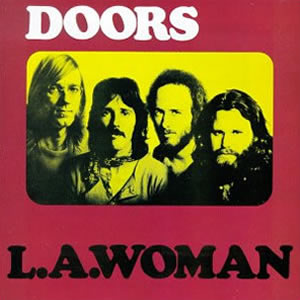 Classic Rock Review launched with the arrival of 2011 and with a review of L.A. Woman by The Doors, the last studio album by that great band with their legendary singer Jim Morrison, but the first from the year 1971 to be reviewed. Classic Rock Review launched with the arrival of 2011 and with a review of L.A. Woman by The Doors, the last studio album by that great band with their legendary singer Jim Morrison, but the first from the year 1971 to be reviewed.
|
|||||||||||||||||||||
| January 5, 2011 | |||||||||||||||||||||
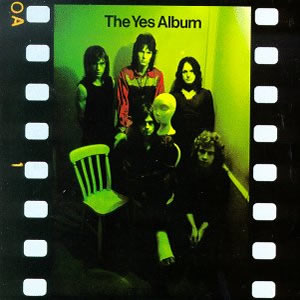 A giant leap forward in the “progress” of progressive rock, The Yes Album offered us a glimpse of what was to come from this brilliant young band named Yes, which now included a phenominal new guitarist, Steve Howe. A giant leap forward in the “progress” of progressive rock, The Yes Album offered us a glimpse of what was to come from this brilliant young band named Yes, which now included a phenominal new guitarist, Steve Howe.
|
|||||||||||||||||||||
| January 10, 2011 | 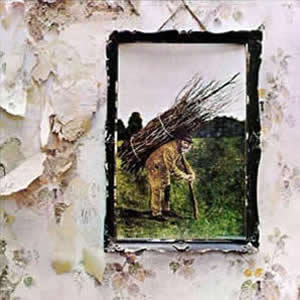 Filled with many fortuitous “accidents”, along with one, deliberative masterpiece, the fourth album by Led Zeppelin holds an indelible place on walls of the chambers of the castle of rock majesty. Filled with many fortuitous “accidents”, along with one, deliberative masterpiece, the fourth album by Led Zeppelin holds an indelible place on walls of the chambers of the castle of rock majesty.
|
||||||||||||||||||||
| January 15, 2011 | |||||||||||||||||||||
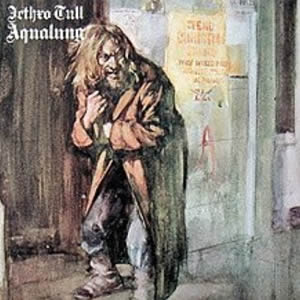 The “concept album” that’s not really a concept album at all. Jethro Tull hit their stride with their fourth album. Blending their trademark English folk with strategic elements of hard rock, this unique, entertaining, and even bizarre addition to the rock mosaic. The “concept album” that’s not really a concept album at all. Jethro Tull hit their stride with their fourth album. Blending their trademark English folk with strategic elements of hard rock, this unique, entertaining, and even bizarre addition to the rock mosaic.
|
|||||||||||||||||||||
| January 19, 2011 | |||||||||||||||||||||
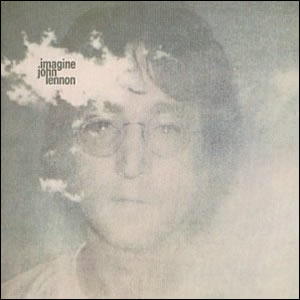 The second full post-Beatles album by John Lennon, kicks off with an idyllic song envisioning a utopian world where there is no conflict and everyone agrees. But then the album comes back to Earth and deals with conflict, doubt, love, and life. The second full post-Beatles album by John Lennon, kicks off with an idyllic song envisioning a utopian world where there is no conflict and everyone agrees. But then the album comes back to Earth and deals with conflict, doubt, love, and life.
|
|||||||||||||||||||||
| January 23, 2011 | |||||||||||||||||||||
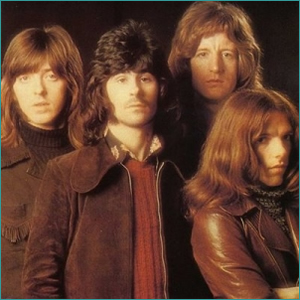 There has never been such a band as Badfinger, a band with all the talent, skill, and connections to become huge commercially, but with the bad luck and misfortune that would eventually lead them to oblvion and tragedy. But the music was great, and the band may have peaked in 1971 with Straight Up. There has never been such a band as Badfinger, a band with all the talent, skill, and connections to become huge commercially, but with the bad luck and misfortune that would eventually lead them to oblvion and tragedy. But the music was great, and the band may have peaked in 1971 with Straight Up.
|
|||||||||||||||||||||
| January 27, 2011 | |||||||||||||||||||||
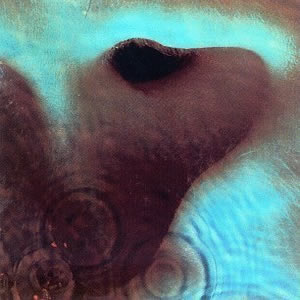 In between the phenominal successes of their debut 1967 album Piper At the Gates of Dawn and their tremendous 1973 album The Dark Side Of the Moon, Pink Floyd experimented with many different styles and musical approaches as is evident in 1971’s Meddle. In between the phenominal successes of their debut 1967 album Piper At the Gates of Dawn and their tremendous 1973 album The Dark Side Of the Moon, Pink Floyd experimented with many different styles and musical approaches as is evident in 1971’s Meddle.
|
|||||||||||||||||||||
| January 30, 2011 | |||||||||||||||||||||
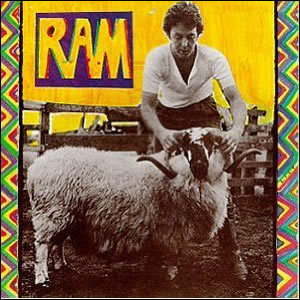 This album is much more well respected today than it was upon it’s release in the spring of 1971 due to the confusion brought on by the different artists names used during this era by Paul McCartney. This album is much more well respected today than it was upon it’s release in the spring of 1971 due to the confusion brought on by the different artists names used during this era by Paul McCartney.
|
|||||||||||||||||||||
| February 2, 2011 | |||||||||||||||||||||
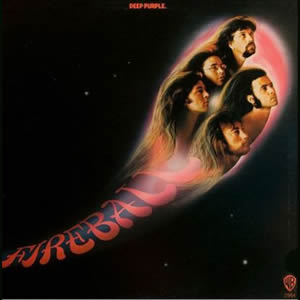 At the start of this review, we assumed that this album set Deep Purple up for its, Breakthrough masterpiece, 1972’s Machine Head. But upon further listening of Fireball, the more we realized that it just may be on par with it’s more famous successor. At the start of this review, we assumed that this album set Deep Purple up for its, Breakthrough masterpiece, 1972’s Machine Head. But upon further listening of Fireball, the more we realized that it just may be on par with it’s more famous successor.
|
|||||||||||||||||||||
| February 5, 2011 | |||||||||||||||||||||
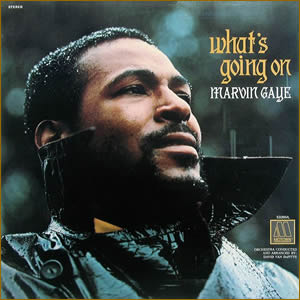 Marvin Gaye‘s 1971 breaktrough album What’s Going on is, in no way, a rock n roll album. But it did evolve from a common ancestor and would become an incredibly influential album that would effect the direction of rock n roll (as well as many other genres) as the subsequent decades unfolded. Marvin Gaye‘s 1971 breaktrough album What’s Going on is, in no way, a rock n roll album. But it did evolve from a common ancestor and would become an incredibly influential album that would effect the direction of rock n roll (as well as many other genres) as the subsequent decades unfolded.
|
|||||||||||||||||||||
| February 8, 2011 | |||||||||||||||||||||
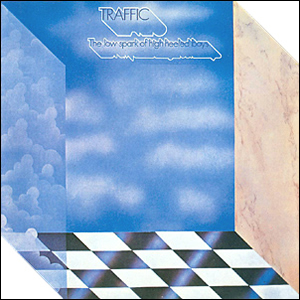 Traffic reached a level of distinction with the second album of the second incarnation of the band. The Low Spark of High-Heeled Boys is a diverse and entertaining album that showcases the band at its absolute peak, but also blazes a path as peculiar as the album’s title. Traffic reached a level of distinction with the second album of the second incarnation of the band. The Low Spark of High-Heeled Boys is a diverse and entertaining album that showcases the band at its absolute peak, but also blazes a path as peculiar as the album’s title.
|
|||||||||||||||||||||
| February 12, 2011 | |||||||||||||||||||||
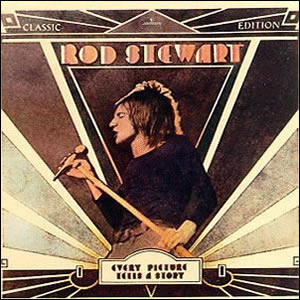 While still a member of the band Faces, Rod Stewart produced his solo masterpiece, Every Picture Tells a Story. Even though the album only really contained four original songs with the other six being covers, it sounded completely original due to the ways the songs were arranged and interpreted. While still a member of the band Faces, Rod Stewart produced his solo masterpiece, Every Picture Tells a Story. Even though the album only really contained four original songs with the other six being covers, it sounded completely original due to the ways the songs were arranged and interpreted.
|
|||||||||||||||||||||
| February 14, 2011 | |||||||||||||||||||||
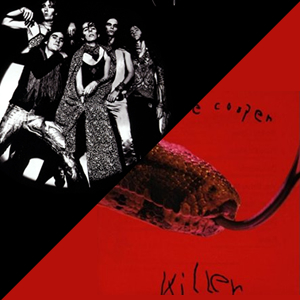 In 1971, Alice Cooper was not merely an individual performer, but was also a solid and excellent band which stood toe to toe with many of the more heralded groups of the day musically. Book-ending the year were two classic releases from this group. In 1971, Alice Cooper was not merely an individual performer, but was also a solid and excellent band which stood toe to toe with many of the more heralded groups of the day musically. Book-ending the year were two classic releases from this group.
|
|||||||||||||||||||||
| February 17, 2011 | |||||||||||||||||||||
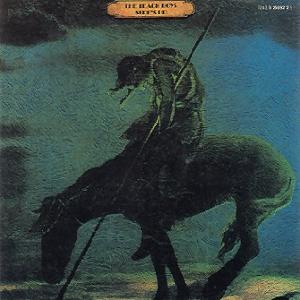 Surf’s Up by The Beach Boys can be very frustrating, as it is a mish-mash of deep, rewarding, quality compositions and tacky, forgettable songs. However, the album does possess a cohesive mood and tone and it does get more consistant and stronger as it goes along. So, in the end, we decided that album needed to be reviewed. Surf’s Up by The Beach Boys can be very frustrating, as it is a mish-mash of deep, rewarding, quality compositions and tacky, forgettable songs. However, the album does possess a cohesive mood and tone and it does get more consistant and stronger as it goes along. So, in the end, we decided that album needed to be reviewed.
|
|||||||||||||||||||||
| February 21, 2011 | |||||||||||||||||||||
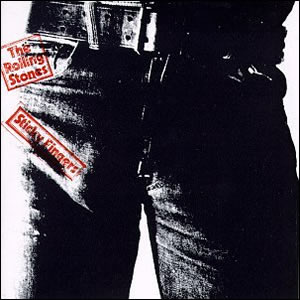 Sticky Fingers stands out from other Rolling Stones albums by being a distinctly transitional album. It is the band’s first “independent” album on their own label and it bridges the gap between their hit-making, English-sound of the 1960s and their more urban-American sound of the 1970s. Also, it is probably the earliest rock album that reflects on the sixties drug culture. Sticky Fingers stands out from other Rolling Stones albums by being a distinctly transitional album. It is the band’s first “independent” album on their own label and it bridges the gap between their hit-making, English-sound of the 1960s and their more urban-American sound of the 1970s. Also, it is probably the earliest rock album that reflects on the sixties drug culture.
|
|||||||||||||||||||||
| February 24, 2011 | |||||||||||||||||||||
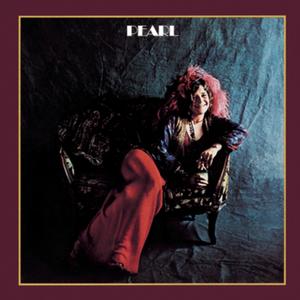 Pearl was the final, posthumous album in the brief but explosive career of Janis Joplin. She lived in the moment with every note she sang, deeply entrenched in the emotions that effervesced from every strained vocal. Janis died before the album’s completion. Pearl was the final, posthumous album in the brief but explosive career of Janis Joplin. She lived in the moment with every note she sang, deeply entrenched in the emotions that effervesced from every strained vocal. Janis died before the album’s completion.
|
|||||||||||||||||||||
| February 28, 2011 | |||||||||||||||||||||
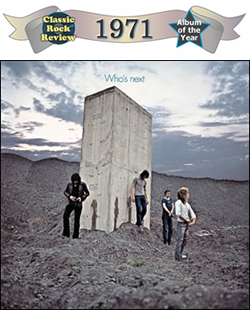 Perhaps THE most complete rock album in history, Who’s Next has just about everything. It has three chord power riffs, piano ballads, cutting edge technological innovation, virtuoso performances, raw power, accessibility, depth, message, anthems, a nice balance between acoustic and electric, a nice balance between electronic and analog, it wildly entertaining and it hits its absolute peak at the very end. What started out as a “Plan B” after a frustrating, failed project was spun into pure gold by the band that never shied away from taking chances on this album. As a result, The Who struck a chord that still resonates to this day, forty years later. |
|||||||||||||||||||||
| November 1, 2014 | |||||||||||||||||||||
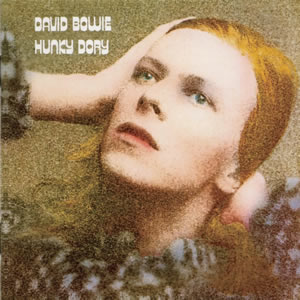 The initial entry to our “What Did We Miss?” series looks back to the 1971 classic Hunky Dory by David Bowie. This album was a transition between his folksy origins and his movement into what would become his signature sound for years to come. The initial entry to our “What Did We Miss?” series looks back to the 1971 classic Hunky Dory by David Bowie. This album was a transition between his folksy origins and his movement into what would become his signature sound for years to come.
|
|||||||||||||||||||||
| December 26, 2014 | |||||||||||||||||||||
 Elton John was extremely prolific in the earliest part of his career, releasing six albums over a span of just 29 months. The last of these six is Madman Across the Water, an album filled with John’s mellow and melodic music. Elton John was extremely prolific in the earliest part of his career, releasing six albums over a span of just 29 months. The last of these six is Madman Across the Water, an album filled with John’s mellow and melodic music.
|
|||||||||||||||||||||
| June 22, 2016 | |||||||||||||||||||||
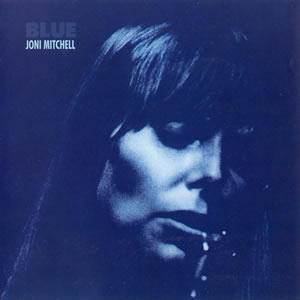 For her fourth album, Joni Mitchell released a sparse and elegant album called Blue. This record went on to be regarded as one of the quintessential templates for the confessional singer/songwriter album. For her fourth album, Joni Mitchell released a sparse and elegant album called Blue. This record went on to be regarded as one of the quintessential templates for the confessional singer/songwriter album.
|
|||||||||||||||||||||
| July 21, 2016 | |||||||||||||||||||||
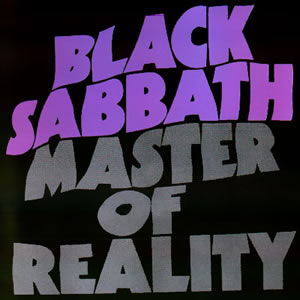 Although Master of Reality is a very compact album, it would go on to become Black Sabbath‘s most influential, spawning several rock sub-genres in the decades to come. This 1971 record was also for diverse as the group explored new areas of music beyond the sonic foundations they had established on their first two albums. Although Master of Reality is a very compact album, it would go on to become Black Sabbath‘s most influential, spawning several rock sub-genres in the decades to come. This 1971 record was also for diverse as the group explored new areas of music beyond the sonic foundations they had established on their first two albums.
|
|||||||||||||||||||||
| November 14, 2016 | |||||||||||||||||||||
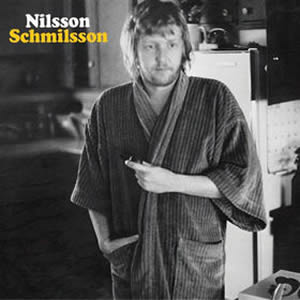 Harry Nilsson made a very diverse yet cohesive and well-produced pop record with his 1971 release Nilsson Schmilsson. This album, which was the most successful of his career, summarizes the wide range of Nilsson’s performance and compositional abilities. Harry Nilsson made a very diverse yet cohesive and well-produced pop record with his 1971 release Nilsson Schmilsson. This album, which was the most successful of his career, summarizes the wide range of Nilsson’s performance and compositional abilities.
|
|||||||||||||||||||||
| February 24, 2021 | |||||||||||||||||||||
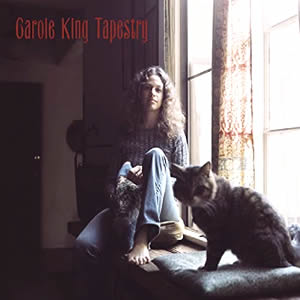 In 1971 Carole King finally fully realized her potential as a commercial artist with Tapestry, one of the most successful albums in pop music history. Filled with intimate yet accessible pop tunes, the album connected with listeners like few records before it. In 1971 Carole King finally fully realized her potential as a commercial artist with Tapestry, one of the most successful albums in pop music history. Filled with intimate yet accessible pop tunes, the album connected with listeners like few records before it.
|
|||||||||||||||||||||
| Final 1971 Poll Results | |||||||||||||||||||||
|
Q: What is the best album of 1971?
Conducted on our site, January-February, 2011 |
|||||||||||||||||||||
| ← 1970 All Reviews 1972 → |
